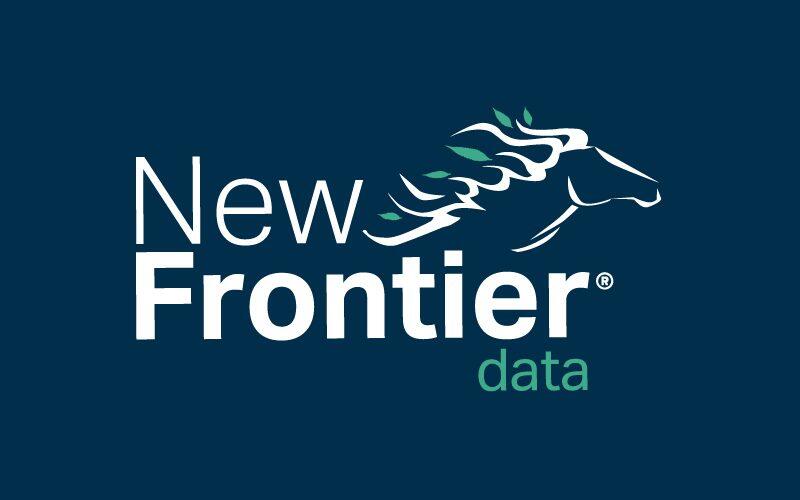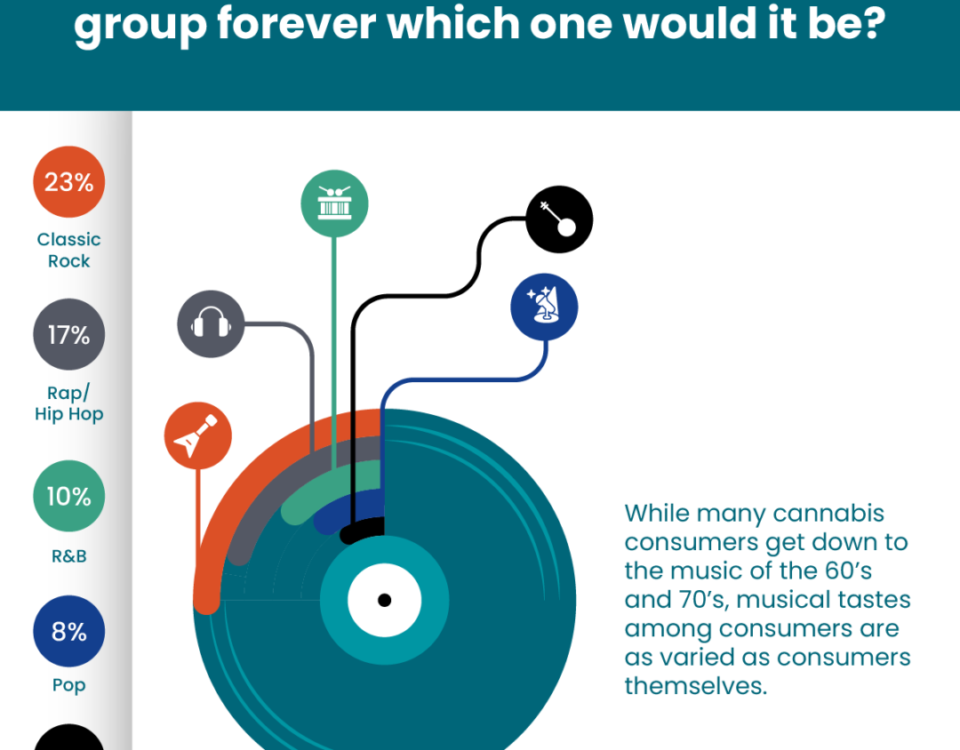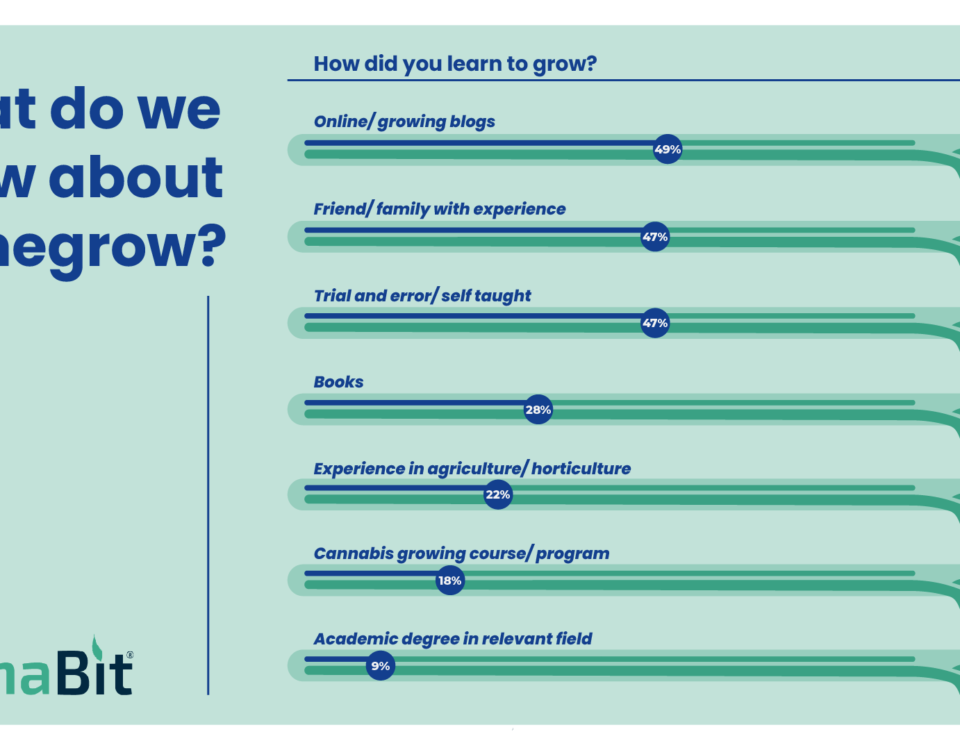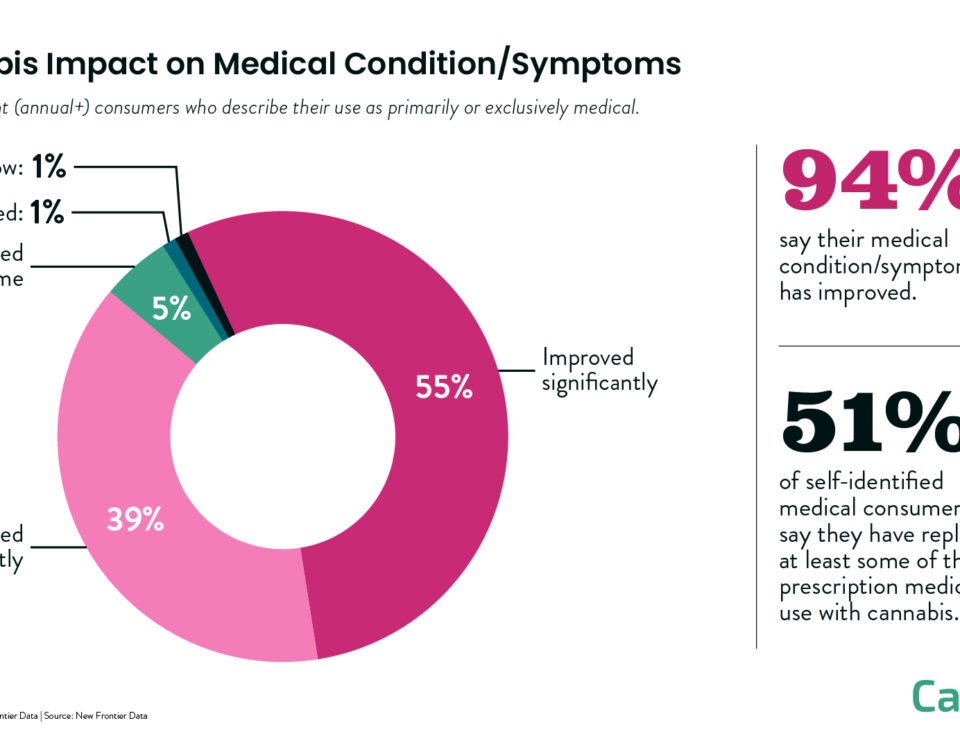Can Cannabis Offer Remedy to Chronic Economic Woes Among Native American Communities?

Growth Strategy for the Green Ocean
August 26, 2018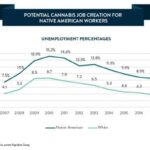
Potential Cannabis Job Creation for Native American Workers
August 26, 2018By J.J. McCoy, Senior Managing Editor for New Frontier Data
To read or hear the headlines through mainstream media these days, one thing that most Americans can agree on is that the U.S. economy is experiencing its best shape in decades. Hiring is robust with low unemployment, households and businesses are feeling optimistic, and stocks in the main are rising confidently on Wall Street.
Yet, Native American lands nevertheless remain far removed from the stock exchanges, and the socioeconomic realities starkly reveal some “same planet/different world” sets of circumstances. While U.S. unemployment last month dipped back down to 3.9%, the rate among Native American workers overall in 2017 (the most recent figures available) was more than 2x worse, at 8.5% overall. Much worse, on reservations where economic development is limited and hamstrung by chronic underinvestment, unemployment rates among some tribes still fester between 50% or even 80%.
Plainly, large areas of Native America are in desperate need of economic relief. Tribes are looking for alternative ways to stimulate their economies to create both jobs and economic growth. While not all of them enjoy the option of setting up a casino, or selling oil or raw materials, many do have the ability to establish cannabis-related operations, targeting both medical and social related businesses as well as industrial related opportunities. With a minimum of 125,000 members unemployed, Native American communities are recognizing how cannabis opportunities could help chip away at unemployment and provide some hope.
New Frontier Data’s latest report, Cannabis and Native Populations: Potential Impact on North American Tribal Economies, presents a case for the potential mercantile benefits of introducing cannabis operations in the form of cultivation, manufacturing, and CBD oil extraction from hemp-based materials to Native American communities.
Including the due diligence of factoring in relative risks, the report details how, if fully realized, cannabis operations on tribal lands could increase jobs by up to 30,000 positions, generate hundreds of millions in wages, and lower unemployment rates among Native Americans nationally by 0.5% (from 8.5% to 8.0%). The bottom-line assessment is that by embracing the legal cannabis market, related Native American businesses could generate up to $2.5 billion dollars in revenue by 2025, generating a total of $5.0 billion in economic activity within Native American communities.
“We have engaged with several tribes about cannabis, and from our perspective a lot of the information seemed anecdotal, which made it difficult to explain the topic,” said Marissa Novel, communications manager at Ultra Health.
“We believe the more information, the better,” she added, and “there has not been a report like this issued before. A lot of data and research and data behind the opportunity was missing; that’s really important. Rogers’ Diffusion of Innovations Theory says that there will always be early adopters: We think we’re moved past that stage. A larger pool of tribes is moving to adopt or reject cannabis operations. Now more than ever, we think we have arrived at a tipping point, so the timing could not be more appropriate.”

J.J. McCoy
J.J. McCoy is Senior Managing Editor for New Frontier Data. A former staff writer for The Washington Post, he is a career journalist having covered emerging technologies among industries including aviation, satellites, transportation, law enforcement, the Smart Grid and professional sports. He has reported from the White House, the U.S. Senate, three continents and counting.

